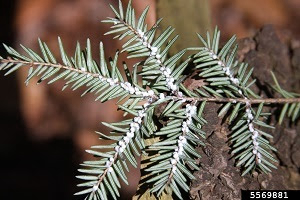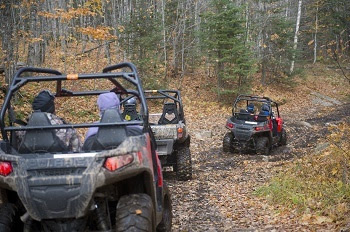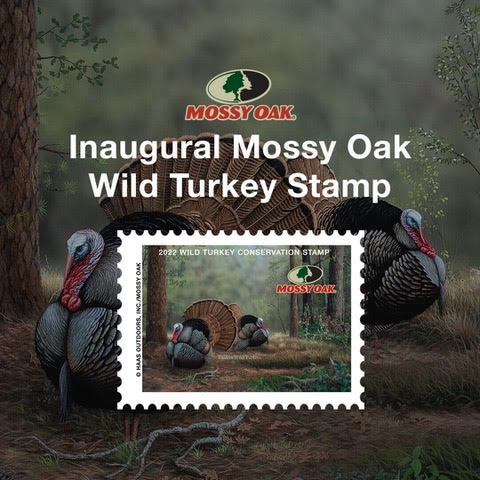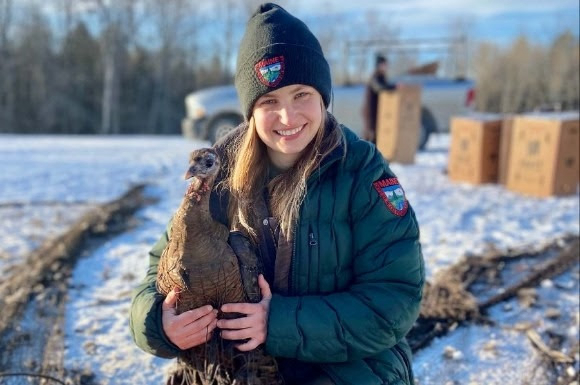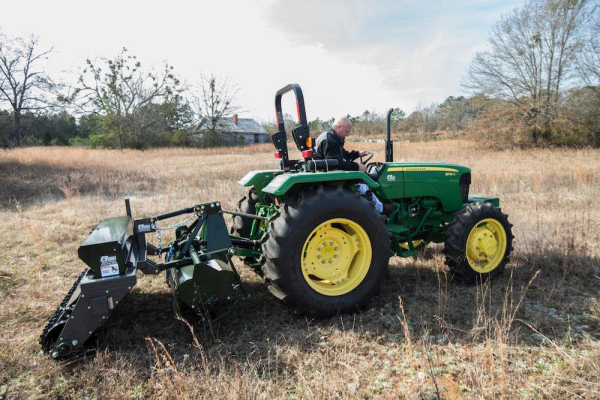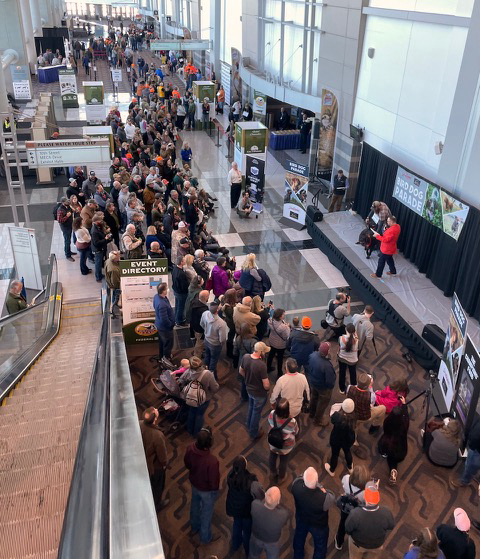By Glen Wunderlich
Charter Member Professional Outdoor Media Association (POMA)
One thing I’ve learned over the years is that there are no shortcuts to creating and maintaining healthy and viable wildlife food plots. Recently, I’ve learned something else: It’s going to be much more difficult and expensive in these times of high inflation and scarcity of supplies.
In a local farm supply store last week, I met a man toting a 2 ½-gallon jug of non-selective herbicide (glyphosate). Curious, I asked him the price he was about to pay for the liquid costing less than $40 last year. He didn’t seem to know exactly, but mentioned it was something north of $100. This bit of wisdom was imparted soon after I had looked into the empty bins where turnip and clover seed used to be.
I didn’t want to settle for a blend of pre-packaged food plot seed that contained a substantial amount of annual plants for which I had no use. However, it contained some perennial clover seed that I was after, so I snatched it from the shelf before it vanished.
At least fertilizer was well stocked in the farm store and the good news was that it was on sale. Only a year ago, the 19-19-19 blend of nitrogen, phosphorus, and potassium was approximately $22 for a 50-pound bag; now it had become $35 for the same material. In addition, pelletized lime was on sale, but the price was still high enough I balked in hopes of finding it for less somewhere else.
I then began to chat with the man with the weed killer and he stated that the Ovid elevator (989-834-2282) had food plot seed in bulk. I then made a call to the Ovid elevator and confirmed that clover seed was available and I made the trek.
Sure enough, near the front door was not only clover in red and white varieties, but turnip, rape and radish seed fully stocked in the bins. The ladies in the store were helpful and bagged some Ladino clover seed for me at $4.75 per pound. When I asked the price of lime I was stunned, once again: $7 for a 40-pound bag – another whopping setback close to double what it has been for many years.
When I inquired about the cost of glyphosate, the news got worse. They were out of stock and informed me that they couldn’t get any from their supplier; however, a price of some $150 was tossed into the conversation.
When the cost of fuel is factored into the expense of planting anything this season, many folks are going to sit out this season of wildlife planting. Those that remain committed must pay the inflated prices.
Cutting back on the size of food plots may be one alternative to reduce expenses and it may very well be the best solution with limited resources. Cutting back on weed control or fertilizer to minimize overall expenses is never a good idea, because so doing will waste time, effort and money in a feeble attempt to be economical.
Similarly, when it comes to grocery shopping, prices are higher than ever and have yet to reach any reasonable leveling off. When we understand the plight of farmers, we may begin to understand how we – the consumers – will find today’s prices a bargain.
